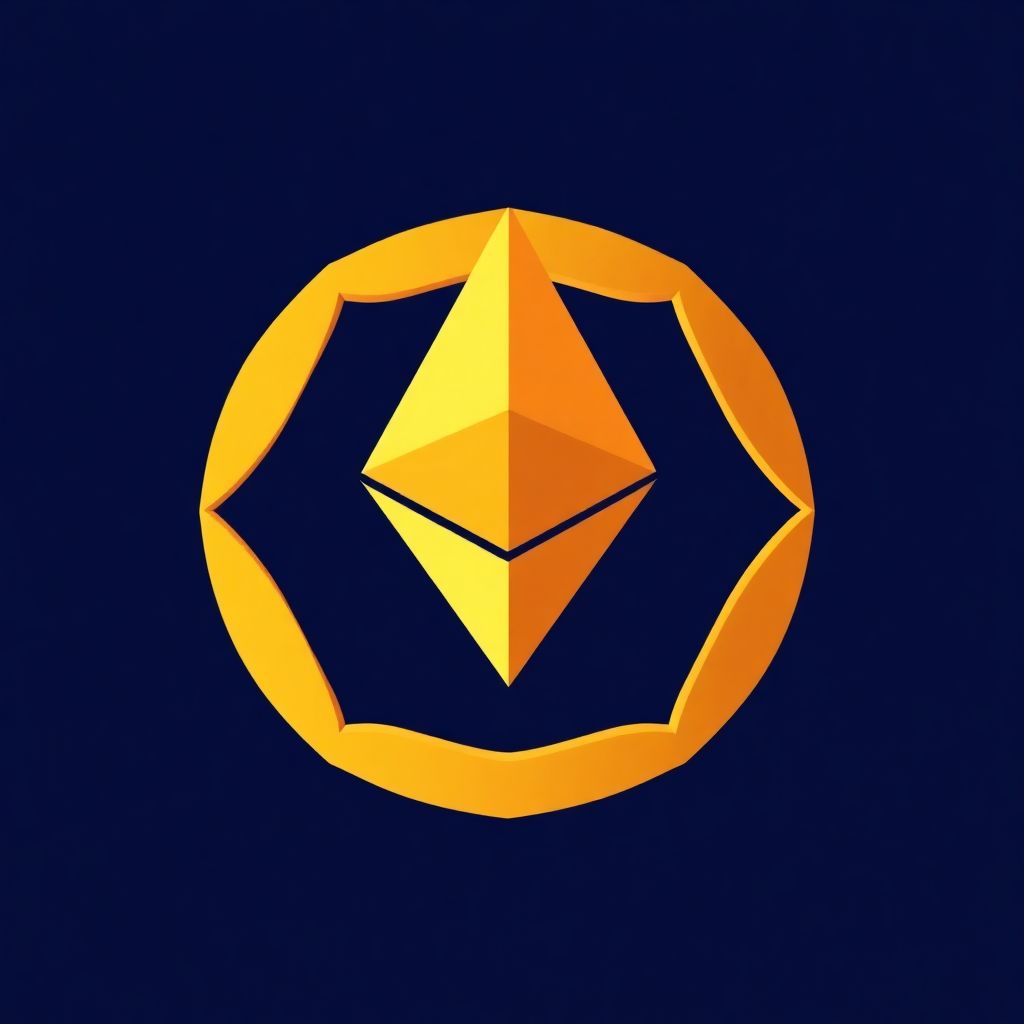Why Digitap May Outshine Ethereum and Cardano in the E-Banking Revolution
As the volatility in the prices of Ethereum (ETH) and Cardano (ADA) raises concerns among investors, a new contender is capturing attention in the digital finance space—Digitap ($TAP). This emerging player in the e-banking sector is not only redefining how people manage and spend money globally but also gaining traction as a potentially more lucrative investment alternative to traditional altcoins.
In recent weeks, Ethereum has struggled to maintain momentum. Its price slipped from approximately $3,900 to around $3,300, sparking debate among analysts and traders. While some, like crypto influencer Reformed Trader, foresee a rebound contingent on ETH reclaiming the $3,500 level, others remain cautious. Bearish sentiment is also present, with influencers like Ted suggesting further downside risk unless Ethereum crosses the $3,600 threshold. Indicators such as the MACD and momentum levels on TradingView echo this uncertainty, placing Ethereum in a wait-and-see zone.
Cardano, once praised for its technological innovation and community strength, has also shown signs of weakness. Over the past week, ADA’s price tumbled from roughly $0.65 to near $0.50. Some optimism remains, however, as analysts point to the TD Sequential indicator flashing a buy signal—typically a sign of a potential trend reversal. Influencer Lucky even predicts a surge to $1.32. Yet, conflicting data from momentum and MACD indicators suggest ADA may enter a consolidation phase before any major movement.
In contrast, Digitap is accelerating on both technological and financial fronts. The $TAP token has already delivered a 114% return during its ongoing presale, raising nearly $1.5 million in a remarkably short time. With the second presale phase still underway, demand for $TAP continues to grow, and nearly 100 million tokens have already been sold.
What sets Digitap apart is its innovative approach to e-banking. At the core of its offering is a global money app that allows users to generate physical, virtual, or customized crypto cards. These cards can be linked to wallets or bank accounts and used for both online and in-store transactions. Notably, Digitap emphasizes user privacy by eliminating the need for KYC (Know Your Customer) verification, a move that appeals to privacy-focused users. The ability to share cards with family and friends and manage finances through a single, seamless interface could revolutionize how people interact with digital banking services.
As global digital banking is projected to reach a market value of $107 billion by 2030, Digitap appears strategically positioned to capture a significant portion of this growth. The company’s vision of becoming an “omnibank”—integrating traditional finance with crypto—seems especially compelling in a world moving rapidly toward digital financial ecosystems.
Moreover, the $TAP token is competitively priced at just $0.0268 in its current presale phase. With expectations that the price will jump to $0.0297 in the next stage and eventually launch at $0.14, early investors could see a potential 422% return. This projected growth is further supported by rumors of an upcoming listing on a Tier-1 centralized exchange (CEX), which could significantly boost liquidity and market exposure.
One of the key advantages of investing in $TAP over ETH or ADA lies in its low market capitalization. Unlike Ethereum or Cardano, which require substantial capital inflows to move the needle on their prices, Digitap can achieve significant price appreciation with relatively smaller investments. This scalability makes it particularly attractive for traders seeking high-growth opportunities in a shorter time frame.
In addition to its e-banking features, Digitap is actively expanding its ecosystem. Plans are underway to integrate DeFi services, including staking and yield farming, allowing users to earn passive income directly through the app. The development team is also exploring cross-border payment solutions, which would enable instant, low-fee international transfers—further broadening Digitap’s utility and appeal.
Security and transparency are also at the forefront of Digitap’s agenda. The platform uses advanced encryption protocols and operates on a decentralized infrastructure, minimizing the risk of centralized control or data breaches. Regular audits and community governance initiatives are planned to maintain trust and long-term viability.
Institutional interest is also reportedly growing. With fintech partnerships and strategic collaborations being negotiated behind the scenes, Digitap could soon gain the kind of backing that accelerates mainstream adoption. These developments could set the stage for $TAP to become a staple in both retail and institutional crypto portfolios.
For those looking to diversify their holdings beyond the traditional top-five cryptocurrencies, Digitap offers a compelling case. Its blend of cutting-edge technology, strong presale performance, and real-world usability makes it a standout in an increasingly crowded crypto market.
As the digital payments landscape evolves, projects like Digitap that bridge the gap between traditional finance and blockchain-based solutions are likely to gain prominence. While ETH and ADA remain important players, their size and maturity may limit explosive growth potential in the short term. Conversely, Digitap, with its innovative vision and growing momentum, could very well be the next big thing in e-banking—and a smarter investment for those willing to embrace early opportunities.

